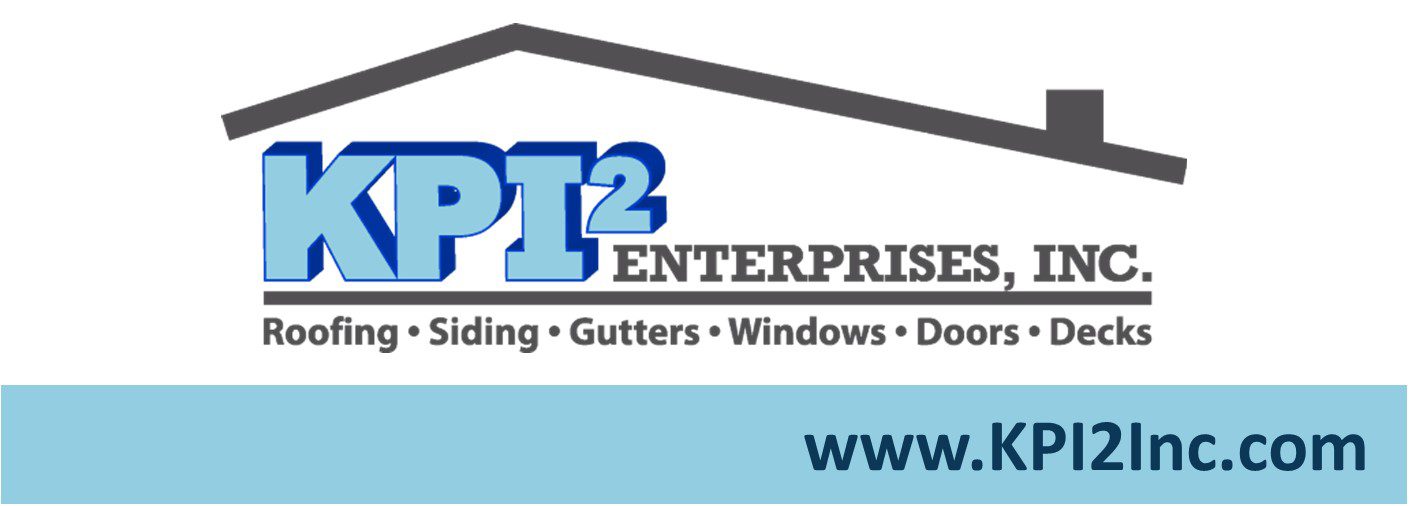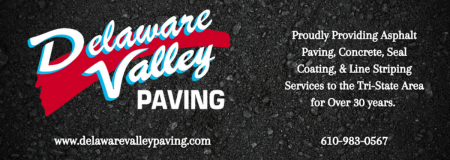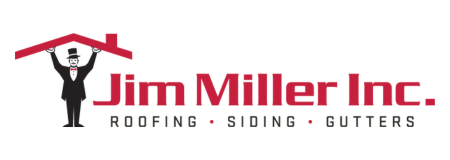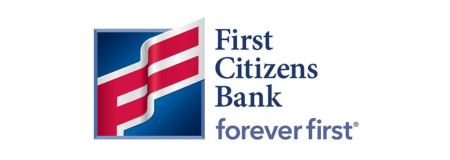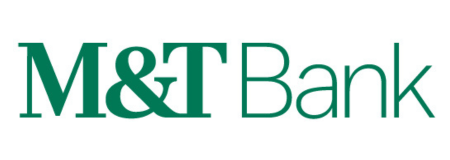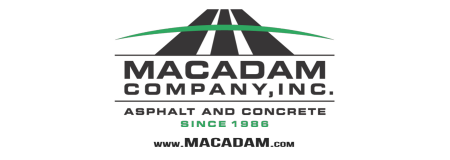We have all heard the stories and read the headlines about supply shortages and price increases resulting from COVID-19 related production and supply chain issues. Everything from wood 2x4s at your local home improvement store to new cars at car dealerships is experiencing price increases coupled with more limited availability. In addition, movement across the labor market, fueled by job changes brought on by COVID and extensive, but temporary, unemployment benefits, have made finding qualified labor at an affordable rate increasingly challenging as well. All of this is resulting in a perfect storm for communities seeking to undertake capital improvement projects in the coming year. Prices are up, vendor availability is limited, and communities are scrambling (and competing with one another) to get the next available slot to get work done on their building.
For condo boards, this is a turbulent and challenging time. Projects were put off last year due to the pandemic, so the specter of deferred maintenance is real. But finding someone to do the work, at a reasonable price, is nearly impossible. As a result, it’s time to rethink your budgeting processes and adjust to this “new normal.”
Expect To Pay More
Material shortages and price increases are real. Everything from wood to plastic to steel is in scarce supply, with production having been interrupted by COVID and changing global policies on tariffs. As a pipe replacement company, sourcing materials for client projects has proven increasingly difficult for SageWater. Shortages of cast iron have already increased prices ~30% over the past 18 months, and suppliers are increasing prices another 12% starting on September 1. “For drain, waste, and vent pipe replacement projects requiring cast iron, a 40% increase in material pricing in less than two years is just brutal for our clients,” said Chris Kaplan, PE, Director of Estimating at SageWater. “And with no visibility into when these prices will come down, it’s becoming increasingly difficult for us to hold price quotes for customers for more than 30 to 60 days.”
That said, don’t use these challenges as a reason to encourage DIY pipe repairs.
Budget for plumbing price increases / Expect Fewer Choices
In other cases, limited material availability is resulting in communities having to switch products altogether. At one repipe project in Virginia, the job was specified and estimated to be completed using PEX plastic piping. However, due to resin shortages limiting the manufacturers’ ability to produce plastic pipe, the material simply wasn’t available at the start of the project. In particular, the larger diameter pipping required for the main supply lines was four to eight weeks out according to the manufacturer. As a result, the community switched gears on the fly, and ended up choosing to use copper instead of PEX for their pipe replacement project. Maintaining flexibility when there are material choices is critical during this time, and worth discussing if your community is facing similar challenges.
Expect to Wait Longer
With all of these price increases on the material side, communities are also facing price increases on the labor side. The labor shortage is real, and companies cannot hire enough workers to keep up with demand, particularly in the home renovation market focused on replacing aging infrastructure. Labor shortages are not only driving up prices (like materials shortages), but they are impacting schedules. Construction companies are booked out for months and are unable to acquire the required labor to meet demand. As such, they are filling their pipelines with future jobs now, often pushing customers out six to 12 months before they can offer them a start date. For competitive markets like in Honolulu, with a limited supply of specialty contractors for services like pipe replacement, this can mean getting in line a year (or more) in advance to get work done at your community!
Act Early to Lock in Pricing and Timing
The only way to combat all of this market turbulence is to act early. Locking in with a vendor and signing a contract now can help hedge against future price increases (both material and labor) and ensure you get your preferred timeslot for completing your project. With no foreseeable end to the material and labor shortages in sight, and the increasing demand for services from these vendors, boards must act quickly and decisively, or they may lose out to a neighboring community looking for the same kind of work. One of the best ways is to be proactive—keep track of piping system problems using a Leak Log and leverage trends and information to plan ahead for budgeting and scheduling.
As condominiums move into 2022 budgeting season over the next couple months, making quick decisions will be critical, or communities may find themselves missing out on the opportunity to get work done at an affordable rate in 2022.
About Sagewater
Founded in 1988, SageWater is the nation’s only dedicated pipe replacement expert that operates coast to coast. We solve complex age-related and defective piping problems across a variety of property types with our proprietary, turnkey pipe-replacement solutions. With millions of hours of expertise, we have perfected the art of working efficiently in occupied buildings and complete each unit in just days. Learn more by visiting SageWater online at: www.sagewater.com.









